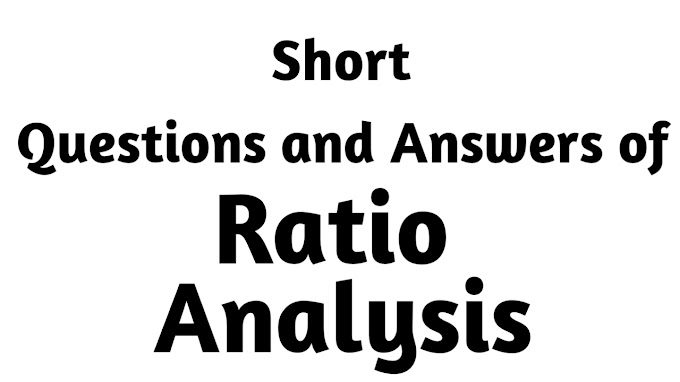Ratio Analysis Summary
1. Ratio analysis is the most widely used technique for interpreting and
comparing financial reports. It analyses financial data from the firm’s Profit
and Loss Account and Balance Sheet.
2. Objective of Ratio Analysis
(i) To allow comparisons to be made with assist in predicting the
future.
(ii) To investigate the reasons for the changes.
(iii) To construct a simple explanation of complicated financial
statement by its expressions in one figure.
3. Users of ratio can be classified into two groups – internal and
external. Internal group consist of directors, shareholders, partners,
managers, etc. External group consist of investors, lenders, suppliers,
employees, labour union, customer, etc.
4. Liquidity ratios measure the ability of a firm to meet its short-term
obligations. Short-term is conventionally viewed as a period up to one year.
5. Current Ratio is the
relationship between current assets and current liabilities. It is quoted as a
single figure (not a percentage).
6. The quick ratio is the relationship between quick assets and quick
liabilities. Quick assets are all those assets which in the ordinary course of
business will be converted into cash. Therefore, quick assets are current
assets less stock and prepaid expenses, i.e., cash, bank, debtors, and readily
realisable marketable securities.
7. Debt-equity Ratio is the ratio between long-term debt and shareholder
funds.

















0 Comments